Surviving in a digital world
By Wang Ying ( Shanghai Star ) Updated: 2014-07-25 15:55:31
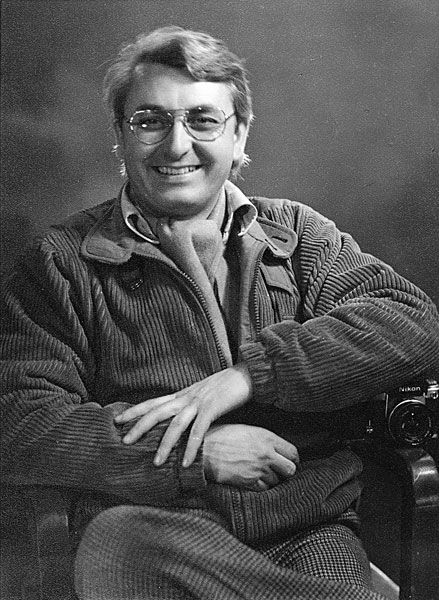 |
|
Giorgio Lotti |
 |
| Exploring loneliness through a lens |
Gu Yunxing, the younger brother of owner Gu Yunming, played a very important role in the development of the company, according to Chen Linxing, technical director of the studio.
With his good command of English, French and Russian, Gu Yunxing blended art, culture and painting and invented high key and low key photography.
High key photography uses unnaturally bright lighting to eliminate shadows for an upbeat or even "feminine" tone, while low key adds drama and moodiness by exagerrating shadows and contrast.
With a special pencil in hand, the technicians in the studio can make adjustments to the photos: draw a smile, adjust the clothes, open up the eyes, and so on, all of which require a lot of skill and patience.
Things became harder in the 1990s, when photo studios from Taiwan started to take root in the city and spread across the nation. Digital cameras became widely available and People Photo began to lose its sheen.
"It was the first time we realized that photography is not only an art as we had thought for decades, but a business that can be mass-produced like any other product," says Zhang.
In 2002, the hardest decision was made. The studio moved from the iconic high street that is Huaihai Road into the backyard of an old residence on Julu Road.
|
|
|
|
|
|
|
|

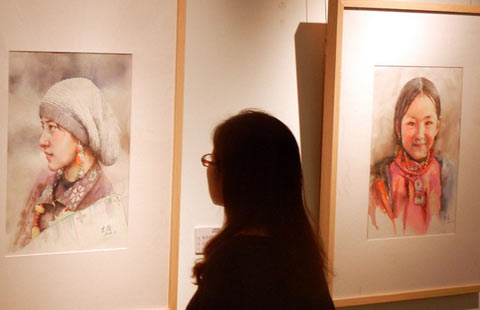


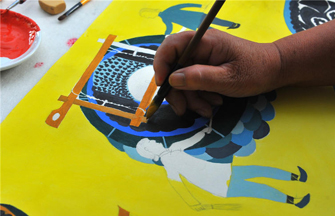
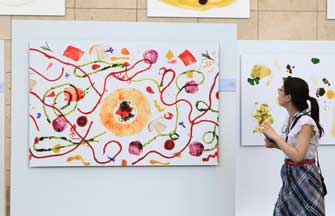
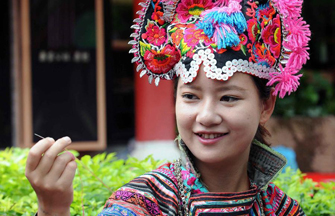
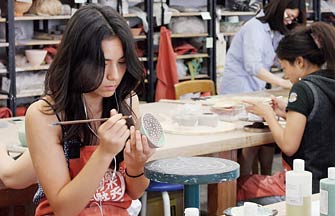
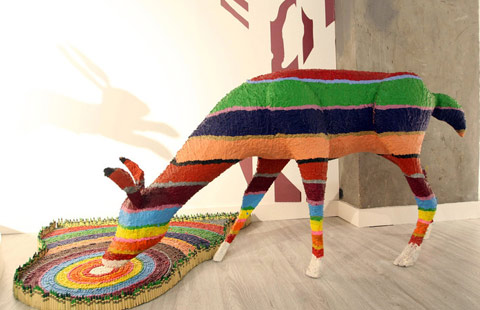
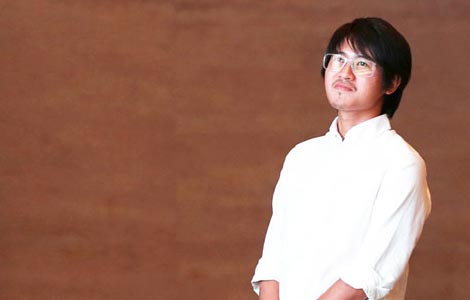









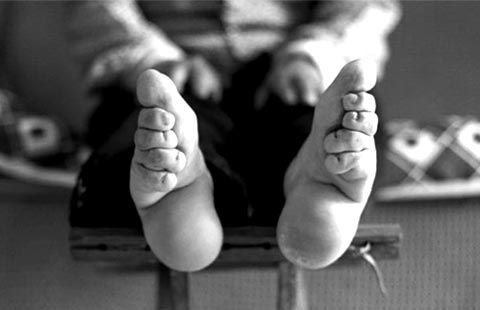



 Raymond Zhou:
Raymond Zhou: Pauline D Loh:
Pauline D Loh: Hot Pot
Hot Pot Eco China
Eco China China Dream
China Dream China Face
China Face






